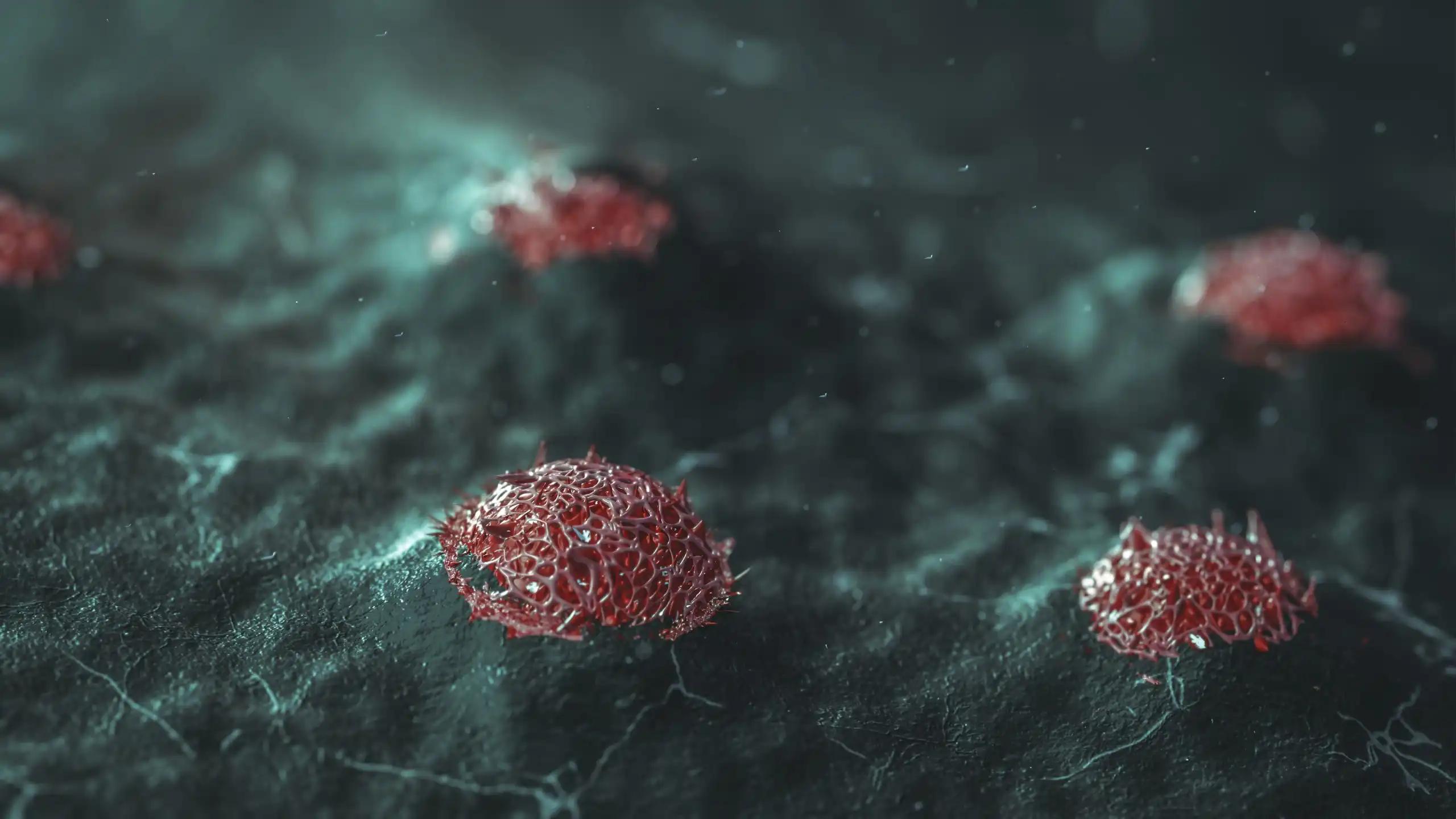KEY TAKEAWAYS
- The study was conducted in phases 1-2 with a primary aim to assess the efficacy and safety of teclistamab in patients with relapsed or refractory multiple myeloma.
- Patients received step-up dosages of teclistamab and a weekly subcutaneous injection.
- Overall, 63.0% of patients had some degree of response, with 39.4% showing a full response or better at a median follow-up of 14.1 months.
- The incidence of patients with a full response or better who tested negative for MRD was 46%, and the prevalence of infections and cytopenias was high.
- The results suggest that teclistamab effectively treats patients with triple-class-exposed relapsed or refractory multiple myeloma.
Teclistamab is a bispecific antibody that targets CD3 and B-cell maturation antigens, two proteins found on T cells and myeloma cells, respectively. Promising results were seen with teclistamab in the dose-defining phase 1 portion of the study for individuals with relapsed or refractory multiple myeloma. Patients with relapsed or refractory multiple myeloma following at least three lines of therapy were enrolled in this phase 1-2 trial. These patients had been exposed to at least one immunomodulatory medication, proteasome inhibitor, and anti-CD38 antibody. After receiving step-up dosages of 0.06 mg and 0.3 mg per kilogram of body weight, patients got a weekly subcutaneous injection of teclistamab (at a dose of 1.5 mg per kilogram). The major measure of success was the response rate (defined as 50% or better). Seventy-eight percent of the 165 teclistamab recipients had a triple-class refractory illness (median of five prior lines of treatment). Overall, 63.0% of patients had some degree of response after treatment, with 65 (39.4%) showing a full response or better at a median follow-up of 14.1 months.
The incidence of patients with a full response or better who tested negative for MRD was 46%. Overall, 44 patients (26.7% of the sample) tested MRD-negative. The median time for a reply was 18.4 months (95% CI, 14.9 to not estimable). On average, progression-free survival was 11.3 months (95% CI, 8.8 to 17.1). Seventy-two percent of patients experienced cytokine release syndrome (grade 3, 0.6%; no grade 4), 70.9% experienced neutropenia (grade 3 or 4, 64.2%), 52.1% experienced anemia (grade 3 or 4, 37.0%), and 40.0% experienced thrombocytopenia (grade 3 or 4, 21.2%). There was a high prevalence of infections (76.4%; grade 3 or 4, 44.8%). Twenty-four patients (14.5%) experienced neurotoxic events, including five (3.1%) patients with immune effector cell-associated neurotoxicity syndrome (all grade 1 or 2). Patients with triple-class-exposed relapsed or refractory multiple myeloma treated with teclistamab had an extremely high rate of profound and durable response. Infections and cytopenias were prevalent, as were grade 1 or 2 toxic consequences associated with T-cell misdirection.
Source:https://pubmed.ncbi.nlm.nih.gov/35661166/
Clinical Trial: https://clinicaltrials.gov/ct2/show/NCT03145181
Moreau P, Garfall AL, van de Donk NWCJ, Nahi H, San-Miguel JF, Oriol A, Nooka AK, Martin T, Rosinol L, Chari A, Karlin L, Benboubker L, Mateos MV, Bahlis N, Popat R, Besemer B, Martínez-López J, Sidana S, Delforge M, Pei L, Trancucci D, Verona R, Girgis S, Lin SXW, Olyslager Y, Jaffe M, Uhlar C, Stephenson T, Van Rampelbergh R, Banerjee A, Goldberg JD, Kobos R, Krishnan A, Usmani SZ. Teclistamab in Relapsed or Refractory Multiple Myeloma. N Engl J Med. 2022 Aug 11;387(6):495-505. doi: 10.1056/NEJMoa2203478. Epub 2022 Jun 5. PMID: 35661166.



